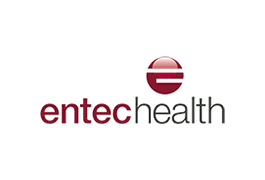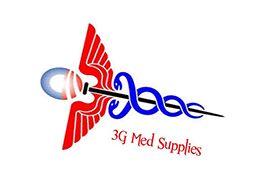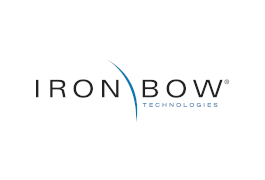Outcomes of patient engagement for patients and healthcare providers
As patient-centered approaches to health care gain favor, financial pressures in the healthcare sector mount, and competition for patients increase, health care professionals are continually looking for ways to improve their health care delivery, practices and outcomes. Involving patients more deeply in their own care and recovery is one such area of innovation.
The term ‘patient engagement’ refers to the collaboration between patients and providers to achieve improved health outcomes for their patients. The theory of patient engagement is that those who are engaged and can contribute to their own care plans tend to have better health outcomes. Patients who are engaged in their health care and healing progress will often seek information from external sources in addition to the information provided by their healthcare providers.
Patient engagement goes right through the health care process—from prevention to diagnosis, to care plans and even through to satisfaction levels. The ways in which patient engagement contributes to improved health care outcomes for both patients and their care providers are:
Patient satisfaction
A recent study for the California HealthCare Foundation highlights that the use of online resources and health information technologies have the potential to improve care quality and satisfaction levels. They do this by improving the patient’s access to care, care efficiency, the management of chronic diseases, and the patient and family’s involvement in their care. Increased online engagement by patients with their information, records, and communication resulted in a 90% satisfaction rating. This improved patient experience creates better channels for feedback, which fosters continuous improvement in health care delivery.
Improvements in healing progress
Patient engagement can also improve patients’ health outcomes. Without patients knowing the reasoning behind care plans, and having continuous feedback on their progress on this plan, wound healing can be restricted. However, engaging the patient by providing ongoing information, which includes images of their wound, charts showing the healing progress, and the theory behind the care plan tends to make them much more motivated to do what is necessary to get themselves back to a healthy state.
An ARANZ Medical published case study explored the effects of this with a paraplegic patient who had developed debilitating ulcers. Feeling frustrated with the bedrest and inability to do anything for himself, the staff shared the care information with him. By using ARANZ’s Silhouette wound assessment technology, they were able to show the patient the wound, explain the behavior of it, and demonstrate how they wanted to heal it.
Furthermore, the above case study is not unique, other health care organizations are seeing by adopting Silhouette to involve patients in their care, patient engagement, and patient outcomes rise. Armed with timely information on their healing progress, patients can better understand their role in speeding up their recovery.
Quality and Safety
Putting patients and their families at the center of the care team, allows them to be nurtured as allies and advocates in your efforts to improve quality and safety. By focussing on engaging the patient and their family, through providing information that will help the patient heal faster and keep them safer, the families will develop into your advocates. This approach encourages patients to make informed choices, use medication safely, consistently use infection control precautions, observe care processes, practice self-management, and know when to report complications. All of this translates into measurable improvements in quality and safety in an organization as you have staff, patients and visitors all working together to keep quality and safety standards high.
Financial Performance
Whenever the time to heal decreases, money is being saved. With patients engaged in their health care, either preventatively or during the course of treatment, and actively working to improve their outcomes they are spending less time under the care of the hospital. This frees up resources, space, and time that the hospital can be putting elsewhere. Furthermore, the risk of malpractice suits due to frustrated patients who do not understand and contribute to their care is reduced.
Employee Satisfaction
While patient engagement impacts their satisfaction, it also increases employee satisfaction. Staff are able to have better, more productive conversations with patients, see better outcomes for them and feel like they are making more of a difference in their jobs. This good practice can only have a positive impact on retention rates.
Increasingly patients are taking a more proactive approach to gathering information concerning their health care and its likely outcomes. ARANZ’s Silhouette system is one such source of proven and trusted information that is key in driving patient engagement and the positive outcomes that follow.






